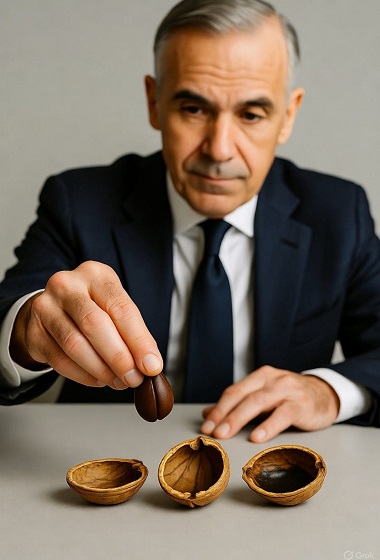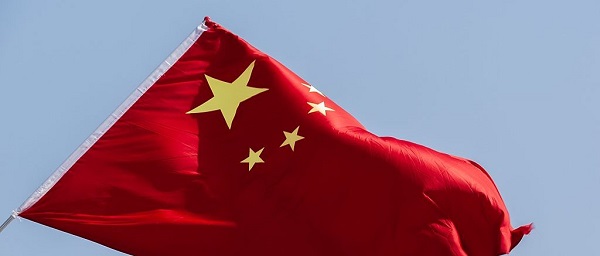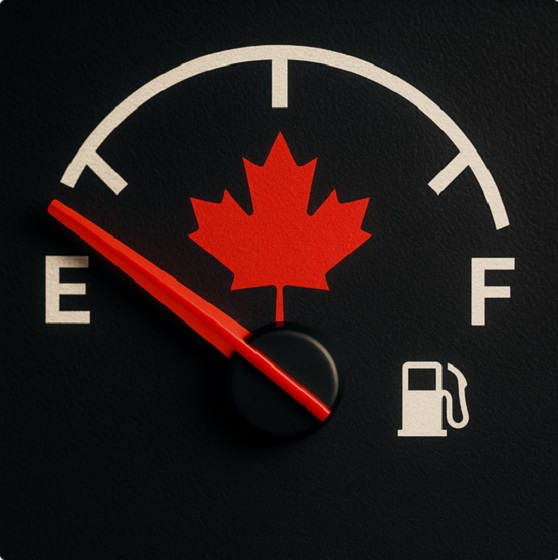Opinion
Success Of Canada’s Women Does Not Mean Men Failed
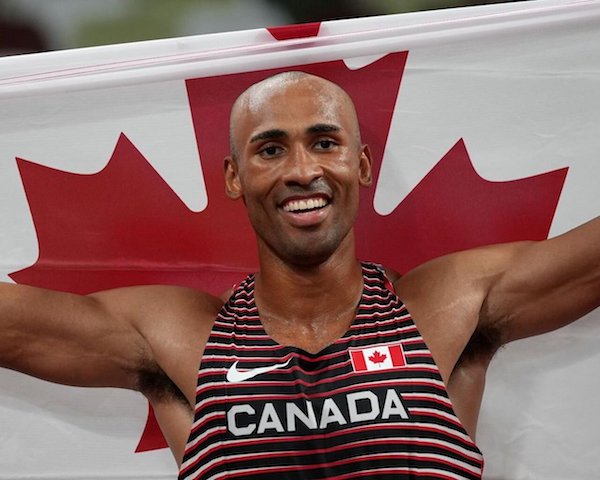
As usual, the Olympics delivered transcendent national moments for Canada.
It happens every Games. In 2010 the host city of Vancouver itself was the moment that provided a binding agent. In 1996 it was Donovan Bailey crushing the Americans on the track. In 1976 it was a lone high-jump silver medal by Greg Joy. This time in Tokyo it was Christine Sinclair & Co. (the women’s soccer team), a sprinter from Markham and a race walker from B.C. who remind Canadians of who they are, why they are, and how much reinforcement of a single nationality matters.

Except it rarely happens. Canada needs to win. Not all the time. Just enough to make the plucky challenger role thing work. Beating the U.S. in women’s soccer might be the ultimate underdog role that tells the 36 million chez nous that for all its horrific weather and language stress the Great White North is a good place to live.
Unfortunately the five percent who think they run modern Canada don’t count blessings they way they used to. A prime minister in a hurry to call an election during a pandemic— that he’s abetted— sees the roll of honour quite differently.
It’s now a diversity dance. In place of promoting unity while wearing the maple leaf the PM promotes separating Canadians by their Woke characteristics. Pitting segments of society to achieve peak tribal identity is his MO. In this Orwellian construct he’s fully backed by host broadcaster CBC, the rest of the bought media and labour leaders like Jerry Dias.
The laboured attempts to paint the Olympics as a political coming-out party was a hallmark of the CBC News Olympic features about Canada’s winners. When the Corp allowed its sports announcers like Steve Armitage, Mark Lee or Doug Dirks to call it straight you might be persuaded that it was your grandfather’s Olympics still.
Don’t be fooled. The PM who worships his brand of diversity (but practices otherwise) sees the Olympics as a blue-check exercise in drawing new lines between people who struggle at the best of times to find some unifying concept. (Just ask the CFL which adopted his “diversity” mantra but then was stiffed at its time of crisis by a government with loftier public goals to achieve alongside WE. )
According to Justin Trudeau Reality (taught by Gerry Butts) the final medal standings at the Tokyo Games should read something like this:
CDN. women athletes/ teams 19
Biopoc single athletes. 5
Muslim medal winners 1
LGBTQ (all nations) 182
Trans CDN athletes 1
Privileged white walkers 1
Gold medals for our Chinese friends 38
The loudest progressive braying will likely be about the preponderance of medals won by Canada’s (traditional) women athletes. Of the gold, silver and bronzes handed out to athletes (for them to put on themselves) women and teams of women garnered 19 medals.
It was a great show. From the first medal (Caileigh Filmer, Hillary Janssens for rowing) to the final gold (Kelsey Mitchell in cycling sprint) women did dominate the standings for Canadians. And beat the smug Americans in soccer. This led the usual suspects to gloat about how men couldn’t keep up/ were lacking moral fibre etc. Where would the nation be without the fruits of progressive feminism?
A few caveats here. In about half the nations in the world women are not allowed to compete at all or are severely hampered by religious doctrines or cannot get funding for the rigorous training needed to make an Olympic final. In short the talent pool that Canadian women swim in is clearly smaller by a large factor than that in which the male athletes compete.
So when you’re watching an Olympic final in rowing or cycling or wrestling the odds that a Canadian woman gets on the podium increase exponentially over what can be expected for a man. A good example is Kelsey Mitchell gold in pursuit. From RBC’s camps identifying her athletic talent to winning the gold was a stunning two years. It’s remarkable, but it’s also virtually impossible in a men’s competition.
It might also help the chances of Canadian men if so many elite athletes didn’t choose hockey as a sport. By the time many realize they won’t make the NHL it’s almost too late to get into a sport as late as Mithchell did.
Another factor aiding Canadian women continues to be the Title IX regulations governing American collegiate sport. U.S. schools have to offer an equal number of sports scholarships to women as to men. Often they cannot find enough elite athletes in some sports to fill out their quotas. (See the Felicity Huffman/ Lori Loughlin scandal )
And so Canadian women have flooded into the NCAA to receive elite training and competition. From swimming (Maggie MacNeil, Michigan) to basketball (Kia Nurse, Connecticut) to soccer (Christine Sinclair) many of Canada’s Olympians are honed outside the country thanks to evening the scholarships. Which solves the age-old dilemma of how to get Canadian sponsors to pony up for future Olympians.
The great question now as Trudeau tries to lock-in his concept of diversity is will the Canadian public finally accept the sporting version of his propaganda? Outside the plum events such as Olympics and world championships, the public has been reluctant to give up its traditional NHL and other team sports to root for women?
And how will it accept the new reality of trans athletes and gender fluidity? People tuning in for a sports event don’t react well when they find they’ve signed up for a BLM, CRT or Liberal Party lecture.
For now, enjoy. And don’t let any politician steal the glory of Canada’s Olympians.
Bruce Dowbiggin @dowbboy is the editor of Not The Public Broadcaster (http://www.notthepublicbroadcaster.com). The best-selling author of Cap In Hand is also a regular contributor to Sirius XM Canada Talks Ch. 167. A two-time winner of the Gemini Award as Canada’s top television sports broadcaster, his new book Personal Account with Tony Comper is now available on http://brucedowbigginbooks.ca/book-personalaccount.aspx
Daily Caller
Trump, Putin Agree On High-Stakes Meetings To Negotiate End To Ukraine War
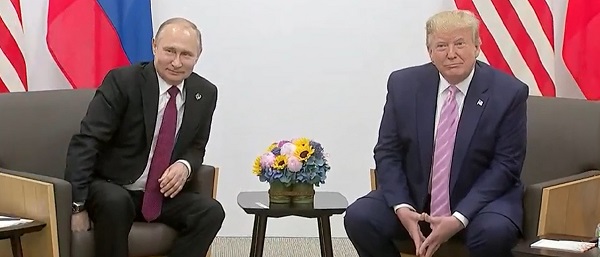

From the Daily Caller News Foundation
President Donald Trump and Russian President Vladimir Putin agreed to a pair of high-stakes meetings next week in order to negotiate an end to the Ukraine war, Trump said on Truth Social Thursday.
Trump will meet with Putin in Budapest, Hungary after an initial round of negotiations between Russian advisors and U.S. diplomats led by Secretary of State Marco Rubio next week, the president said in his post. Trump is set to meet with Ukrainian President Volodymyr Zelenskyy on Friday to discuss the war and his conversation with Putin.
“The United States’ initial meetings will be led by Secretary of State Marco Rubio, together with various other people, to be designated. A meeting location is to be determined,” Trump said in his post. “President Putin and I will then meet in an agreed upon location, Budapest, Hungary, to see if we can bring this ‘inglorious’ War, between Russia and Ukraine, to an end.”
“President Zelenskyy and I will be meeting tomorrow, in the Oval Office, where we will discuss my conversation with President Putin, and much more. I believe great progress was made with today’s telephone conversation,” he wrote.
Putin congratulated Trump on the historic deal between Hamas and Israel, and thanked First Lady Melania Trump for her work on protecting children in Ukraine, the president said in his post.
Trump said Wednesday that India will stop buying Russian oil, a deal that the administration said was fueling the war effort in Ukraine.
The meeting will mark Putin’s first visit to any European Union member state since before the invasion of Ukraine, when he attended a summit in Germany on the subject of peace.
International
Climate contrarians have the president’s ear

Made-in-American climate assessment challenges IPCC modelling, introducing alternative projections and recommendations that are shaping national conversations on environmental strategy and scientific credibility.
At the end of July, the U.S. Department of Energy (DOE) released a report on climate change that seemed surprisingly optimistic.
There’s good news and bad news. First, the bad news: We only have five years to live.
That’s according to U.S. Congresswoman Alexandria Ocasio-Cortez, who, you may recall, warned in January 2019: “The world is going to end in 12 years if we don’t address climate change.”
The good news is that AOC may have been exaggerating just a wee bit. And so has the Intergovernmental Panel on Climate Change (IPCC), according to the DOE’s Climate Working Group.
That’s my layman’s interpretation of what the 150-page DOE report says.
It mainly takes issue with climate models used by the IPCC. These models run too “hot” and, as a result, predict things like temperatures or extreme weather events that are not borne out by observation.
The report also notes that the IPCC appears to bury one positive consequence of more CO2 in the atmosphere: global “greening.”
They also question the assumptions that a warming planet necessarily has led to – or will lead to – increased extreme weather events.
Now, it should be noted that the report’s five authors are considered climate science heretics and contrarians, and their report has been dismissed and repudiated by 85 establishment scientists as “misleading or fundamentally incorrect.”
I would note that two of the group’s five authors — John Christy and Judith Curry — have both contributed to past IPCC assessments as lead or contributing authors. They’re not cranks – they are legit climate scientists who just happen to disagree with the “consensus” on some basic points.
The report was commissioned by U.S. Energy Secretary Chris Wright to provoke “a more thoughtful and science-based conversation about climate change and energy.”
“What I’ve found is that media coverage often distorts the science,” Wright says in a foreword to the report.
One such distortion is the repeated use of a worst-case scenario for warming (RCP8.5) that is considered so unlikely as to be “implausible,” but which produces better headlines and gets more grants than more probable, less scary scenarios for warming.
The five scientists and academics selected for the DOE’s climate working group are well-known for their climate science heterodoxy — Christy, Curry, Steven Koonin, Roy Spencer and Ross McKitrick (the sole Canadian on the team.)
Neither Wright nor the report’s authors deny the climate is changing. That would be hard to do. The earth has been warming ever since we came out of the last Ice Age.
The $122 trillion question is just how much the more recent heating has been the result of burning of fossil fuels. (It’s estimated that to hit net zero targets, we will need to spend US$3.5 trillion a year until 2050.)
“Climate change is real, and it deserves attention,” says Wright in the report. “But it is not the greatest threat facing humanity. That distinction belongs to global energy poverty.”
Pay attention, Canada. Like it or not, this is where America’s head is at right now. It is bumping climate action down the priority list and bumping up energy security and affordability, and if our own policies on environment and energy are too misaligned with America’s, we will continue to put our economy at a disadvantage.
Polling confirms there has been shift in attitude in just the last couple of years on climate and energy. On the hierarchy of fears, it appears climate change no longer tops the list.
Even Greta Thunberg took a sabbatical from climate activism to go fight the Israelites from a flotilla of diesel-burning boats in the Levant.
The climate catastrophism and alarmism that reached peak mania in 2019 may have led to both fatalism and fatigue. The DOE report goes some way to explaining where this fatigue and fatalism may be coming from.
Basically, it comes from environmentalists, politicians and the media taking worst-case scenarios from the IPCC and scaring the shit out of everyone with apocalyptic doomsaying.
Here are some highlights of the report, as I see it:
- modeling used by the IPCC may be tuned too “hot,” resulting in predicted global temperature increases that are not borne out by observable temperature data;
- IPCC assessments downplay the positive consequences of global “greening” resulting from increased amounts of CO2 in the atmosphere;
- worst-case scenarios for warming used by the IPCC are wholly improbable; and
- There is no evidence of long-term extreme weather events as a consequence of warming.

According to the DOE report, the models used by the IPCC for predicting climate sensitivity to CO2 predict temperature increases that are higher than actual observed temperature increases.
“The combination of overly sensitive models and implausible extreme scenarios for future emissions yields exaggerated projections of future warming,” the authors conclude.
When I reached McKitrick by phone, he explained what they mean by running too hot.
“There is a long-standing, almost universal pattern among the models, overstating the response to CO2 in the troposphere,” McKitrick told me. “Models warm too much. The models exhibit too much warming in response to rising CO2 and that also translates into too much surface warming.”
In more recent assessments, the IPCC has used a range of scenarios to predict how the planet might respond to increased GHGs. These scenarios – called Representative Concentration Pathways – range from RCP2.6 to RCP8.5.
RCP2.6 predicts global warming of below 2 degrees Celsius above pre-industrial temperatures. RCP8.5 predicts temperature increases of 5 degrees between 1900 and 2100 — which might indeed produce some hellish consequences.

AOC and Thunberg would be right to worry about this kind of temperature increase, if it were remotely plausible, and if nothing were being done to address GHG emissions.
The report notes that RCP8.5 came to be referred to as the no-policy baseline, or “business-as-usual” scenario. That’s the scenario in which nothing is done to try to reduce emissions.
But things are being done to reduce emissions. Efforts are being made the world over to adopt electric cars, phase out coal power, install wind and solar power, and capture and store CO2. So this worst-case scenario is probably not useful.
“The problem is, it’s routinely used in a lot of academic articles as what they call the business as usual outcome,” McKitrick said. “And most of the climate impact stories you see in the press are based on studies running RCP8.5. So you get these lurid outcomes of total devastation.
“It’s not just the IPCC. That’s a problem with the literature as a whole. Authors want to have the big, frightening splashy result, and then their article will get written up in the press.”
In 2020, Zeke Hausfather and Glen Peters wrote in Nature that the overuse of RCP8.5 as a business scenario “has resulted in a large number of misleading studies and media reporting.”
They characterized RCP8.5 as “implausible.”
“We must all …stop presenting the worst-case scenarios as the most likely one,” Hausfather and Peters wrote. “Overstating the likelihood of extreme climate impacts can make mitigation seem harder than it actually is.”
In other words, everyone reporting on climate change needs to tone things down a little. You’re scaring the children.
The DOE report criticizes the IPCC for downplaying one positive result of increased CO2 in the atmosphere — global greening.
It notes that “CO2 fertilization” had driven an increase in observed global photosynthesis by 30% since 1900, “versus 17% predicted by plant models.”
“The IPCC has minimally discussed global greening,” the authors note, but it is omitted in IPCC summary documents. These summary documents are the only ones that non-scientists (like journalists and politicians) tend to read, so it’s a bit of a buried story.
“This is a very important topic because rising CO2 levels have contributed to a massive greening of the planet,” McKitrick said. “On the agricultural front, there’s evidence that it has contributed substantially to crop productivity. And it also makes plants more tolerant to heat.
“There’s nothing controversial about those statements. They’re well established. But it’s never been pointed out in IPCC summaries.”
As for extreme weather events, modelling suggests that a warming planet should result in increased frequency and severity of things like hurricanes, droughts, and floods.
The report concludes that observational data suggests no long-term trend with respect to extreme weather events:
“Most extreme weather events in the U.S. do not show long-term trends,” the report states. “Claims of increased frequency or intensity of hurricanes, tornadoes, floods, and droughts are not supported by U.S. historical data.”
Generally, the DOE report posits a “lukewarmer” position on climate change – i.e. that the earth is warming, but that this may be more the result of natural causes, like solar activity, and less likely the result of CO2.
If this position is correct, it means the world will have spent trillions already on an energy transition that wasn’t necessary.
If this theory is wrong, then that investment in decarbonization and the energy transition is basically an insurance policy.
Nelson Bennett’s column appears weekly at Resource Works News. Contact him at [email protected].
-

 National2 days ago
National2 days agoDemocracy Watch Renews Push for Independent Prosecutor in SNC-Lavalin Case
-
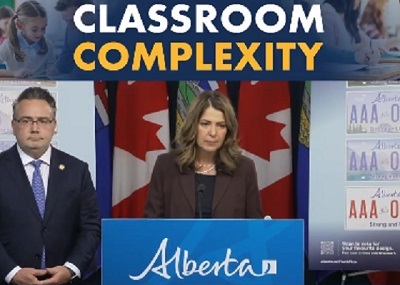
 Alberta1 day ago
Alberta1 day agoPremier Smith addresses the most important issue facing Alberta teachers: Classroom Complexity
-

 illegal immigration1 day ago
illegal immigration1 day agoLos Angeles declares a state of emergency over ICE deportations
-

 Business1 day ago
Business1 day ago‘Taxation Without Representation’: Trump Admin Battles UN Over Global Carbon Tax
-

 Indigenous1 day ago
Indigenous1 day agoConstitutional lawyer calls for ‘false’ claims to end in Canadian residential schools burials
-
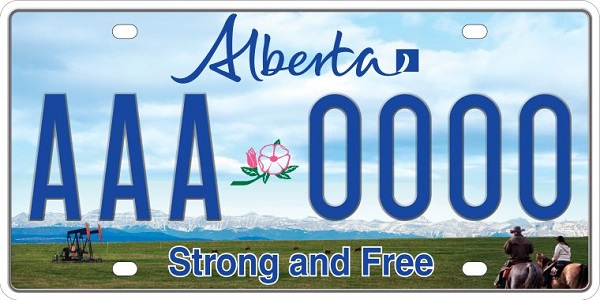
 Alberta2 days ago
Alberta2 days agoClick here to help choose Alberta’s new licence plate design
-

 Alberta1 day ago
Alberta1 day agoAlberta taxpayers should know how much their municipal governments spend
-

 International2 days ago
International2 days agoDaughter convinces healthy father to die in double assisted suicide with mother



